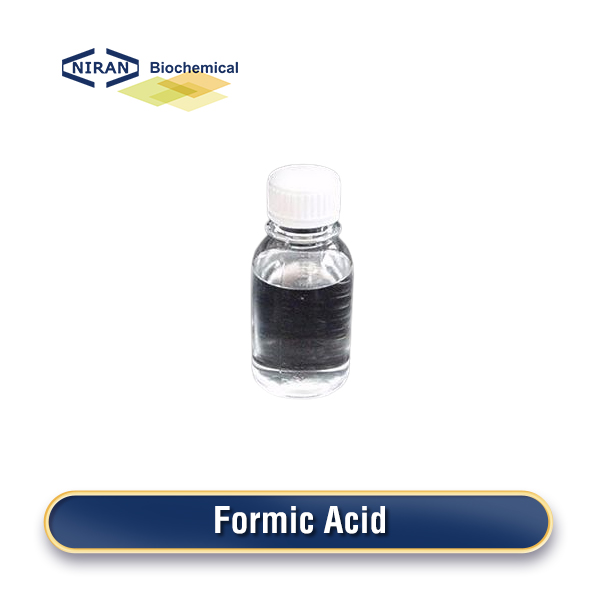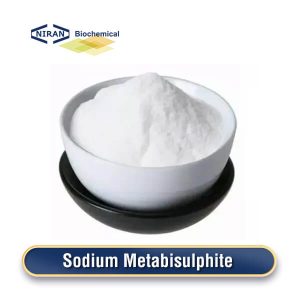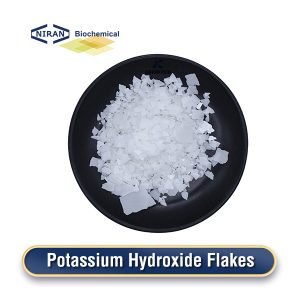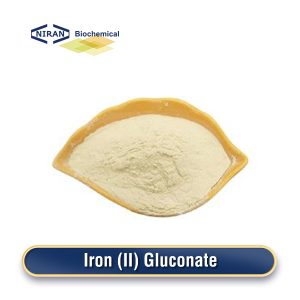Formic Acid
- CAS Number: 64-18-6
- Chemical Formula: HCOOH
- MOQ: 1000KG
- Shelf Life: 2 years
- Types: Liquid
- Synonyms: Methanoic acid/ Hydrogencarboxylic acid/Hydroxy(oxo)methane/Metacarbonoic acid/Oxocarbinic acid
Product Description
What Is Formic acid?
Formic acid (HCOOH), also referred to as methanoic acid, represents the simplest and most fundamental structure within the carboxylic acid family It is a colorless liquid with a pungent odor, widely used in agriculture as a preservative and antibacterial agent for animal feed, in textiles for dyeing and finishing, and as a reducing agent in various chemical processes.
Preparation Methods:
Chemical Synthesis: Formic acid is commercially produced by hydrolyzing methyl formate, which itself is synthesized through the reaction of methanol and carbon monoxide.
By-Product Recovery: Extracted as a by-product in acetic acid production using oxidation processes.
Formic acid’s versatility makes it essential in numerous industries.
Related Parameters:
| Items | Standards |
| Acidity | ≥85% |
| Colour Index Platinum Cobalt | ≤10 |
| Diluting Test (Acid:Water=1:3) | Clear |
| Chlorides (As Cl) | 0.0002% |
| Sulfates (As So4) | 0.0003% |
| Metals (As Fe) | 0.0002% |
| Nonvolatilies | 0.002% |
| Density | 1.1953 g/ml-1.1984 g/ml |
Recommended Dosage of Formic Acid:
| Applications | Dosage |
| Animal Feed | 0.2–0.5% |
| Textile Industry | 1% – 3% |
| Leather Tanning | 0.5%–1.5% |
| Industrial Cleaning | 0.5% – 10% |
| Chemical Manufacturing | 1%–10% |
| Oil and Gas Industry | 1% – 5% |
| Food Industry | 0.1%–0.3% |
| Rubber Coagulation | 0.5%–2% |
Formic Acid Has a Wide Range of Uses
- Animal Feed & Silage: Used to preserve silage and inhibit spoilage by preventing bacterial growth.
- Textile Industry: Acts as a pH regulator and assists in fabric dyeing and finishing processes.
- Leather Tanning: Plays a role in deliming and pickling during the preparation of hides.
- Cleaning Products: Found in industrial and household cleaners for limescale and rust removal.
- Chemical Manufacturing: Functions as a vital intermediate in the synthesis of esters, solvents, and rubber coagulants.
- Oil & Gas: Used in well-stimulation and acidizing treatments.
- Food Industry: Functions as a preservative and acidity regulator under strict guidelines.
- Rubber Industry: Aids in the coagulation of natural rubber.
Its strong acidity and environmentally friendly properties make formic acid a key component in numerous applications.
The User Asked the Question:
Q: What are the potential environmental consequences of formic acid?
A: Formic acid has little effect on the environment when used appropriately and is biodegradable. However, improper disposal or excessive release can harm ecosystems.




